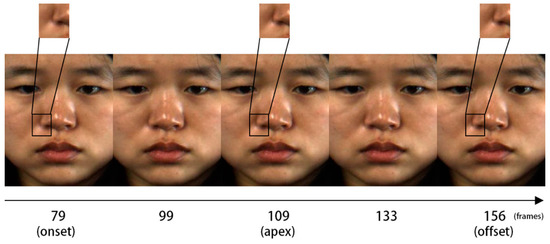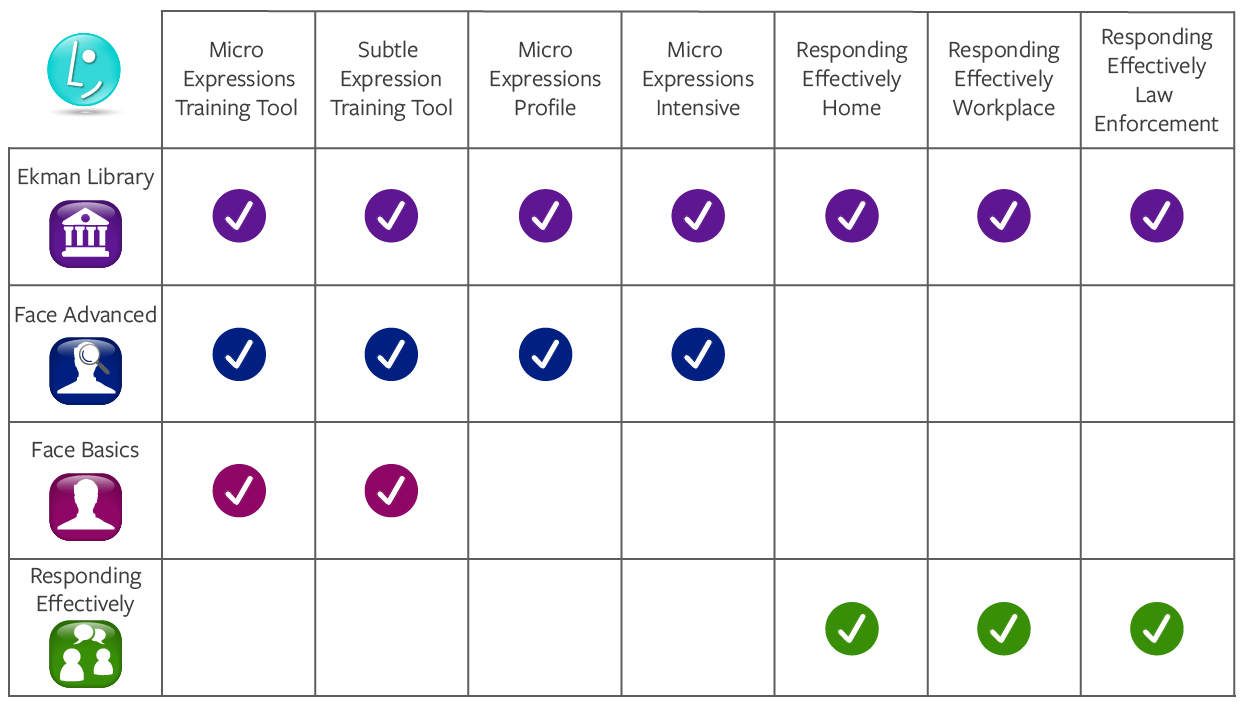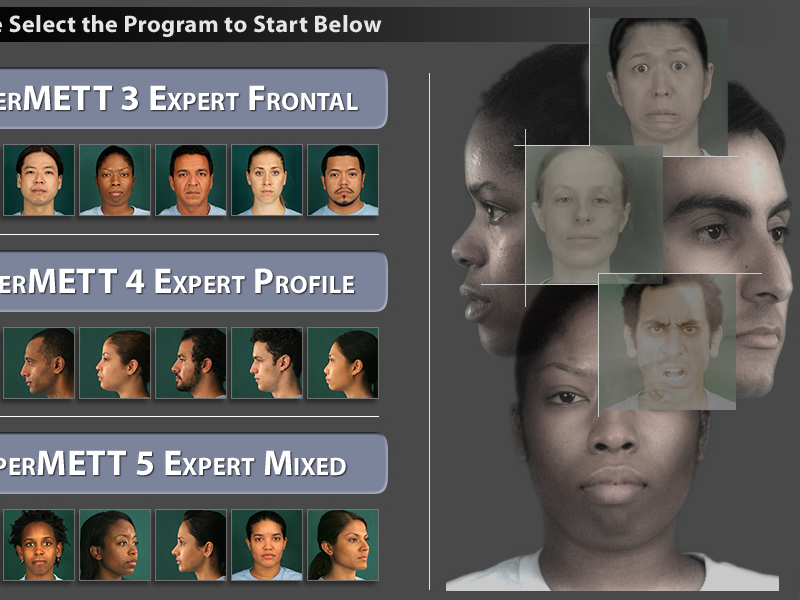

For example, some researchers suggest that the ME presentation time is shorter than 333 ms, while others postulate that the total duration of a ME is less than 500 ms or that its initial presentation is less than 260 ms. Researchers have varying opinions on the ME presentation time. The duration of expressionsis the main basis for distinguishing between MEs and ordinary facial expressions. Micro-expressions (MEs) are often defined as facial movements that are only exhibited for a short time and can reveal emotions that individuals attempt to hide. The funders had no role in study design, data collection and analysis, decision to publish, or preparation of the manuscript.Ĭompeting interests: The authors have declared that no competing interests exist. PPZY2015A003) and the Natural Science Foundation of Jiangsu Police Institute (Grant No. This is an open access article distributed under the terms of the Creative Commons Attribution License, which permits unrestricted use, distribution, and reproduction in any medium, provided the original author and source are credited.ĭata Availability: All relevant data are within the manuscript.įunding: MY was supported by the Top-notch Academic Programs Project of Jiangsu Higher Education Institutions(Grant No.


Received: SeptemAccepted: ApPublished: May 1, 2019Ĭopyright: © 2019 Zhu et al. PLoS ONE 14(5):Įditor: Zezhi Li, National Institutes of Health, UNITED STATES (4) Compared with the other MEs, happy MEs showed an advantage recognition effect for individuals with subthreshold depression who completed the ecological ME recognition task.Ĭitation: Zhu C, Yin M, Chen X, Zhang J, Liu D (2019) Ecological micro-expression recognition characteristics of young adults with subthreshold depression. (3) In terms of misjudgment, individuals with subthreshold depression showed both positive and negative bias, when completing the ecological ME recognition task. (2) Individuals with subthreshold depression showed normal ecological ME recognition ability. Conclusions: (1) The performance of individuals’ ecological ME recognition were influenced by the background expression, and this embodied the need for ecological ME recognition. (4) The performance of individuals with subthreshold depression in the ecological ME recognition task were influenced by the type of ME they showed highest ACC and shortest RT when recognizing happy MEs (vs. (3)In different contexts, individuals with subthreshold depression tended to misjudge neutral, sad, and fearful MEs as happy, while neutral MEs were misjudged as sad and fearful. (2) There was no significant difference in the ACC and RT between experimental and control groups. Results: (1) Under different background conditions, recognizing happy MEs had the highest ACC and shortest RT. healthy control group, 32 participants in each group) were asked to complete the ecological ME recognition task, and the corresponding accuracy (ACC) and reaction time (RT) were analyzed. A 4 (background expression: happy, neutral, sad and fearful) × 4 (ME: happy, neutral, sad, and fearful) study was designed two groups of participants (experimental group with subthreshold depression vs. Based on this, by adopting the ecological MEs recognition paradigm, this study aimed to explore ME recognition in people with subthreshold depression. The micro-expression (ME) processing characteristics of patients with depression has been studied but has not been investigated in people with subthreshold depression.


 0 kommentar(er)
0 kommentar(er)
